Brown Hyenas Lead Fascinating Lives In Namibia Amid Many Challenges
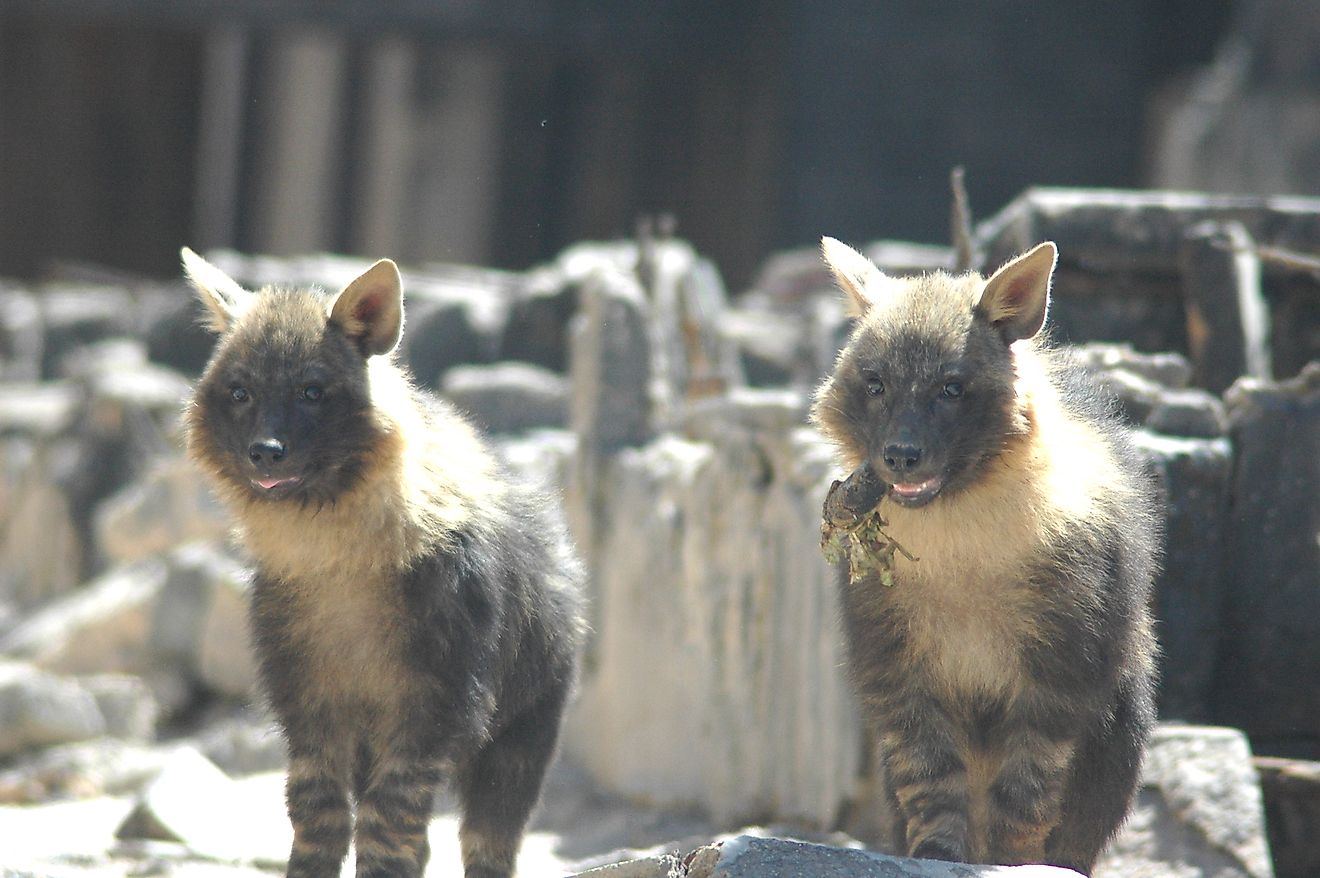
Hyenas, often forgotten, generally neglected, and sometimes even detested by our species, play a vital role in keeping the ecosystem healthy and alive, in turn benefitting our well-being in more ways than one.
In this article, we explore the life of brown hyenas, learn about their current conservation status in Namibia, and tell you why you must visit hyenas in their homes with input from hyena conservation expert Dr. Ingrid Wiesel. She is the Founder, Senior Scientist and Researcher of the Brown Hyena Research Project, a non-profit based in Namibia conducting scientific research on brown hyenas and other carnivores to aid their long-term conservation. Dr. Wiesel began her research on brown hyenas 25 years ago propelled by the fact that no long-term research project on the species existed at that time.
The Enigmatic Brown Hyenas Of Namibia
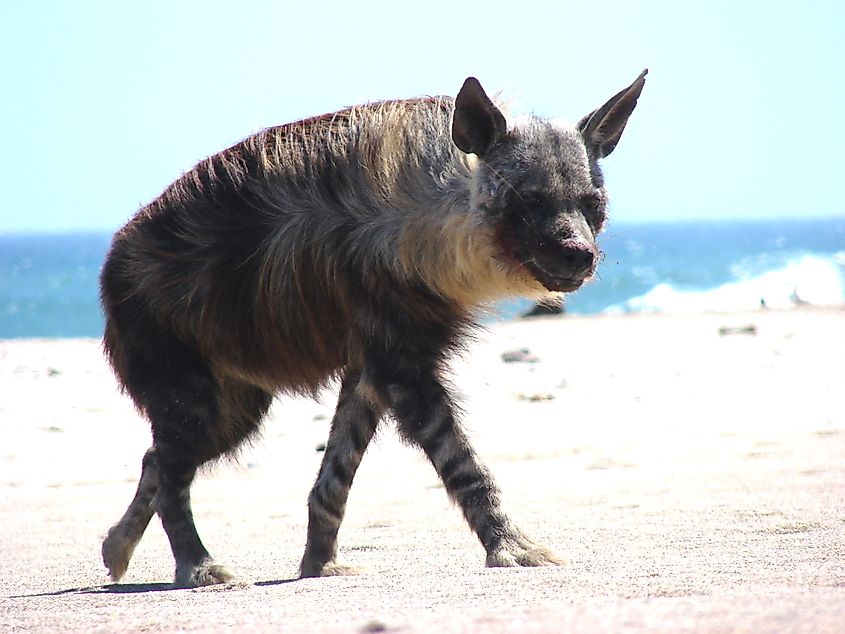
Four extant species of hyenas belonging to the Hyaenidae family survive today. These are the spotted hyena, striped hyena, brown hyena, and aardwolf. A near-threatened species, brown hyenas call southern Africa their home. They are found in most parts of Namibia except for the south-eastern, north-eastern, and northern areas. With a population of only around 4,300 to 10,000 mature individuals, they are one of Africa's rarest carnivores. Talking about the current conservation status of the species in Namibia, Dr. Wiesel said:
"The new Namibian red data list book on carnivores has not been released yet. The Namibian population seems to be stable, but it has been classified as near threatened due to some threats that may affect the population if not mitigated or monitored."
Brown hyenas occur in a wide range of habitats including deserts, wetlands, grasslands, savannas, shrublands, marine coastal areas, rocky areas, etc. Namibia hosts an estimated 800 to 1200 members of the species with nearly half of this population living in the Namib Desert's coastal areas. The Sperrgebiet National Park in an important protected habitat of these wild beings in the country.
Weighing around 35 to 45 kg, brown hyenas are among the largest carnivores in the region. Long fur covers their body. Their hind legs are less developed while their necks and shoulders are muscular. These social animals live in groups called clans and take shelter in dens. Females give birth to 1 to 4 cubs at a time and other members of the clan also participate in the upbringing of the cubs.
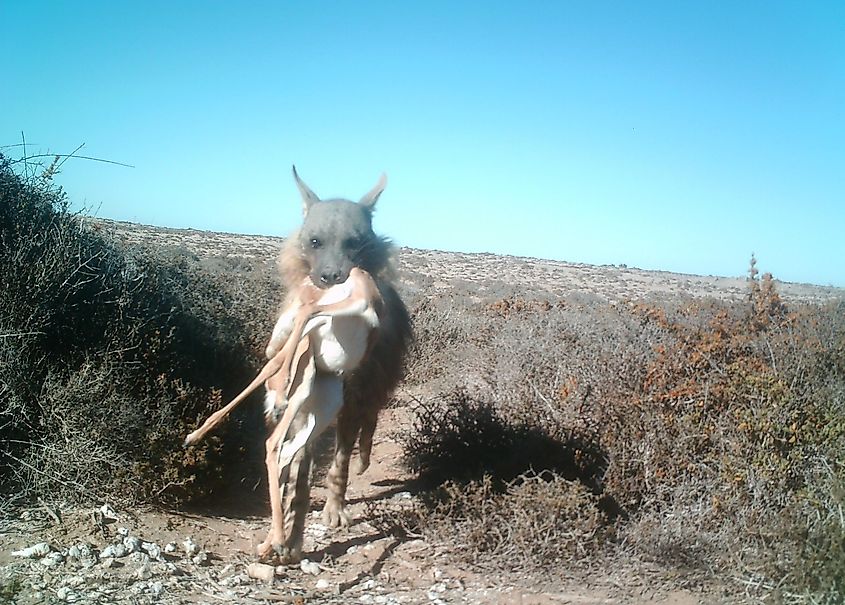
Brown hyenas are primarily scavengers that feed extensively on carcasses of animals that die of natural causes or are hunted by other predators. They also eat fruits and insects and on rare occasions, hunt for prey. In the coastal areas of the Namib Desert, carrion washed up on the shore and mainland cape fur seal carcasses and pups also serve as important food sources for these hyenas. Dr. Wiesel revealed some research findings on brown hyenas in the region:
"A lot of research on the social interactions of brown hyenas had already been done in the 1970s. My initial studies concentrated on their foraging and hunting behavior at seal colonies. However, in the years of study, we managed to collar many individuals along the coastal Namib desert, coastal as well as adjoining inland animals. The analysis of this data showed that some home ranges of resident animals were more than 3,000 km2 in size and that it was not unusual for them to travel more than 35 km on average per night. This shows their amazing capability to live and survive in a very challenging environment."
Why Brown Hyena Conservation Is Necessary
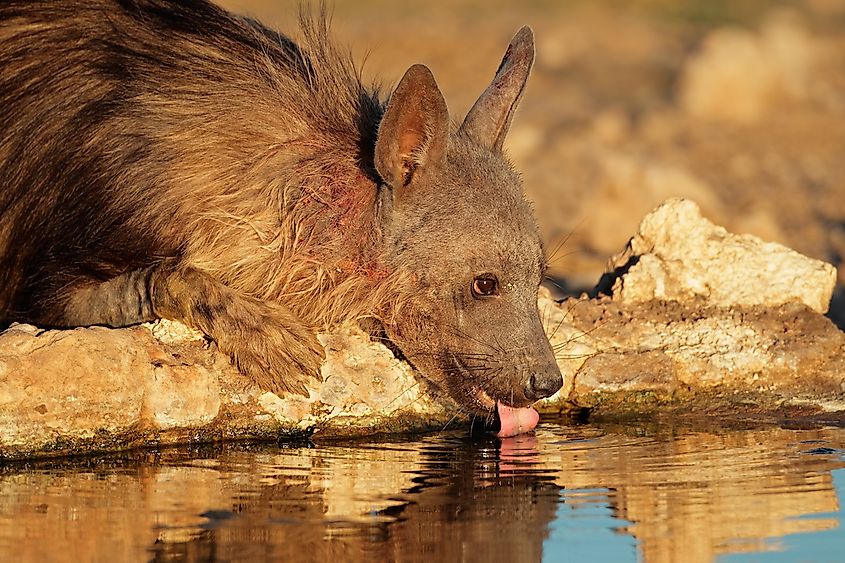
With relatively stable populations, it might appear the highly resilient brown hyenas are not in urgent need of conservation. However, we must remember that every species ending up on the brink of extinction or actually becoming extinct were once commonly found. With changing human needs and activities, the populations of these species kept declining and sometimes went beyond the control of conservation strategies to end up in total annihilation of the species. Thus, every species must be given adequate attention including the brown hyenas. Their absence would create a void in the ecosystem as they act as nature's cleaners by virtue of their scavenging habits. They prevent the accumulation of carcasses and other waste by feeding on the same and thus safeguarding the health of the ecosystem.
Dr. Wiesel mentioned some of the biggest threats to Namibia's brown hyenas,
"Selective and non-selective persecution, habitat fragmentation, road mortalities, and un-structured removal of animals threaten Namibia's brown hyenas as clan recovery can be very slow," she said.
She also informed us of the local people's perception of the species in the country.
"Perceptions vary a lot. In some areas of Namibia, locals value brown hyenas as a special part of their environment and are proud of their presence. In other areas, they are perceived to be a risk to livestock. A lot of work is still outstanding to evaluate this situation in these areas. In some places, locals are not aware of their presence due to their secretive nature and often do not even know the difference between the hyena species that occur in Namibia. As it is with many carnivores, body parts of brown hyenas are also used in traditional medicines. So far detailed information on the same is missing, and it is not believed to be a major threat at this stage," she said.
Challenges In Brown Hyena Conservation In Namibia
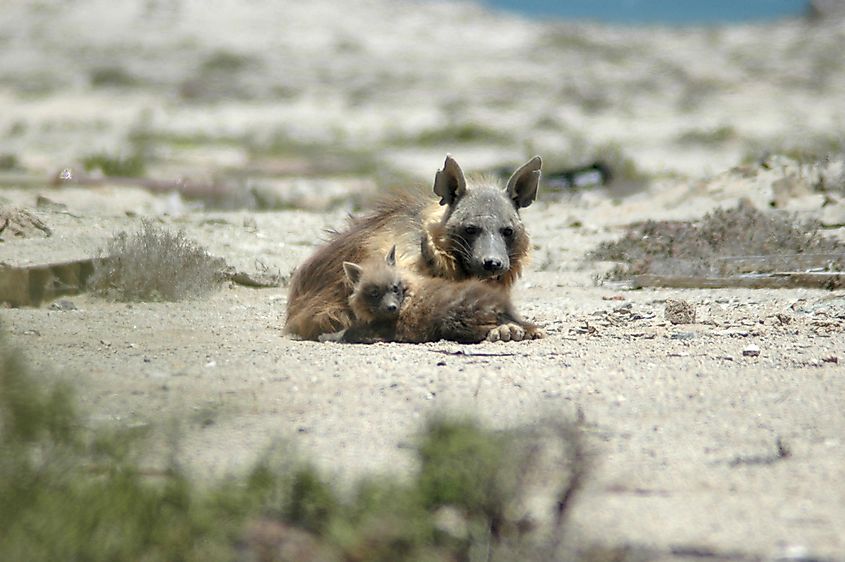
While charismatic species like lions, tigers, rhinos, and elephants get most of the attention of the global conservation community, animals like hyenas often end up being overlooked. We ask Dr. Wiesel about the biggest challenges encountered by her and her team in conserving the species:
"The greatest on-going challenge is to secure enough funding each year to cover basic running costs and also salaries, as brown hyenas are seldom the focus of conservation programs and their conservation status is (fortunately) not severe enough so that we are not eligible to apply with larger, significant programs," she said.
"We have little historic information about their population size that is based on good data. Through the hyena distribution mapping project that was initiated a few years ago, we are in the process of assessing their current distribution as a baseline for future studies and to possibly draw conclusions on their population status too," she continued.
However, Dr. Wiesel also mentioned that their work has received continuous support from the Namibian Ministry of Environment and Tourism and local stakeholders once they overcame the initial challenges of getting acknowledged as a trustworthy partner and consultant concerning conservation matters in the country.
Promoting Hyena Tourism As An Important Conservation Tool
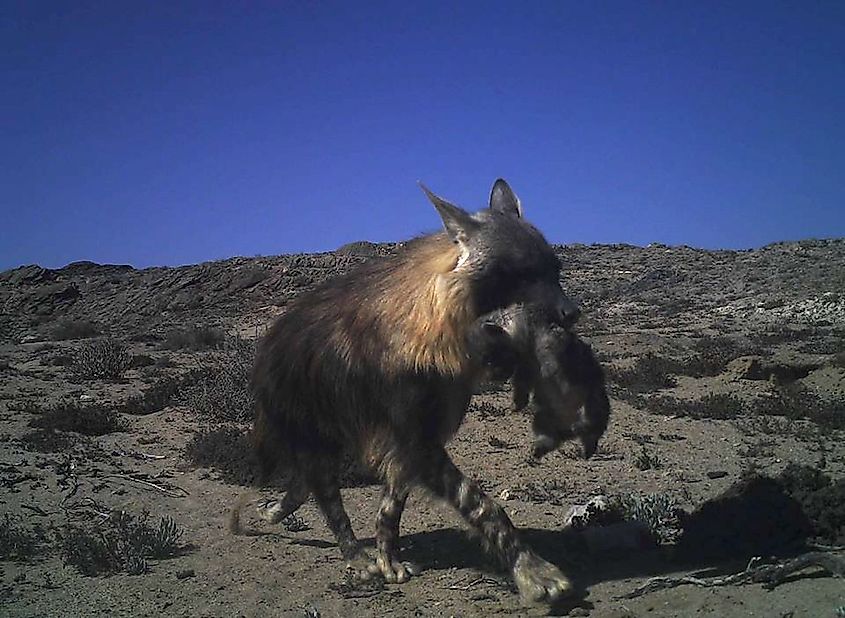
While we have heard of tiger tourism, leopard tourism, orangutan tourism, etc., the word hyena tourism is hardly in vogue. Hyenas, contrary to the general beliefs, lead equally fascinating lives that can intrigue any person visiting them. Dr. Wiesel and her team are planning on harnessing this potential of hyenas to attract tourists to their habitats in Namibia as an aid to their conservation.
"We are working on some tourism orientated programs to enhance knowledge and ‘visibility’ of this species to the public to increase its intrinsic value, but also their economic value," she said.
Hopefully, soon people will realize that hyenas are nice, not nasty and hyena tourism will flourish in the coming decades.











